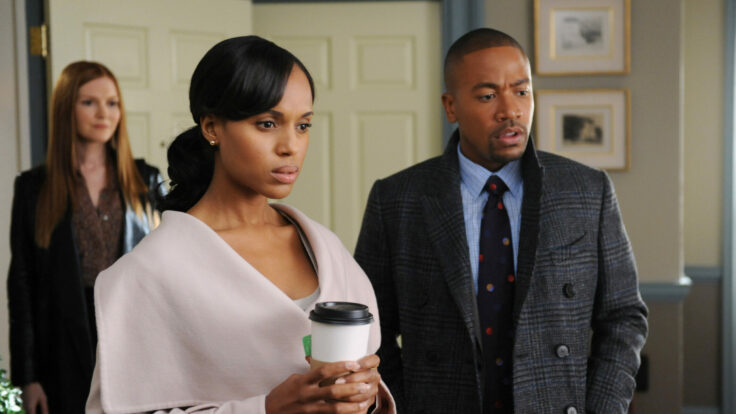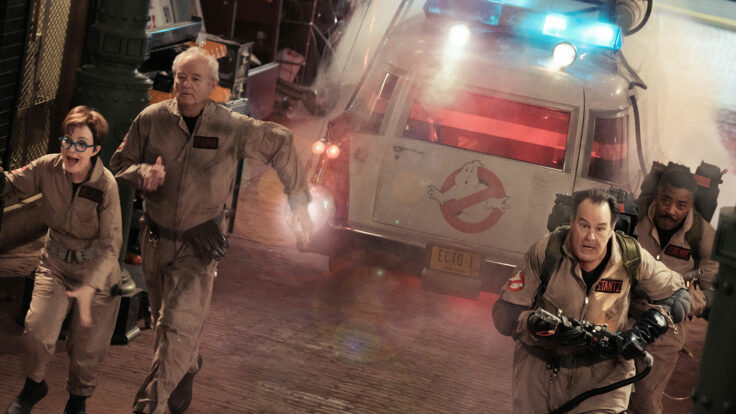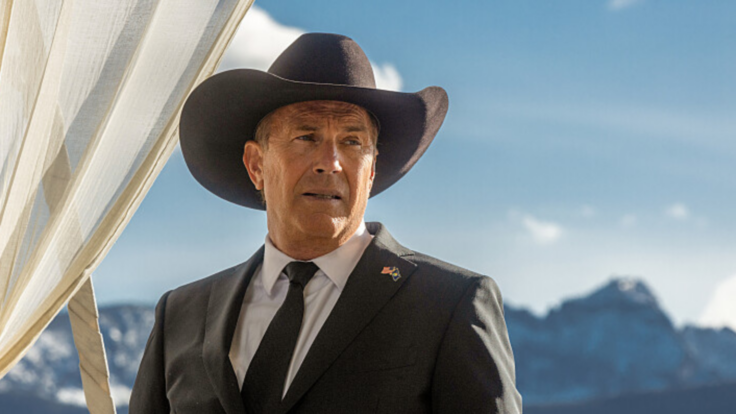College sports, as we once knew it, are finished. That’s the clear takeaway from the saga of 19-year-old Jaden Rashada, one of the nation’s top football recruits. Last summer, Rashada reportedly signed a $14 million NIL (“name, image and likeness”) contract with the Gator Collective, an unaffiliated booster club at the University of Florida. But when the club essentially reneged on the deal, Rashada ditched Florida for Arizona State. Until recently, of course, this bizarre recruiting adventure would have been unprecedented, not to mention illegal, under NCAA rules. But college sports have become a legal Wild West ever since players began agitating for compensation. Staggering multi-million dollar commitments and loophole-ridden contracts are just a preview of the chaotic changes to come.
Two years ago, after all, the Supreme Court delivered an earthquake when the justices unanimously ruled in NCAA v. Alston that the billion-dollar NCAA isn’t immune to antitrust laws just because of some cherished tradition around “amateurism.” The justices shut down the NCAA’s justification for limiting education-related benefits that if schools began compensating athletes, the public could lose interest in its product. Afterwards, taking the hint that student-athletes would inevitably be paid, the NCAA issued tentative guidelines for athletes to accept sponsorship deals without blatant pay-for-play arrangements. But the awkward reality is that it’s nearly impossible to distinguish between legitimate and illegitimate payments, especially when the NCAA, soon to be led by former Massachusetts Governor Charlie Baker, suddenly seems hesitant to enforce standards. In short, this won’t stave off the revolution.

















